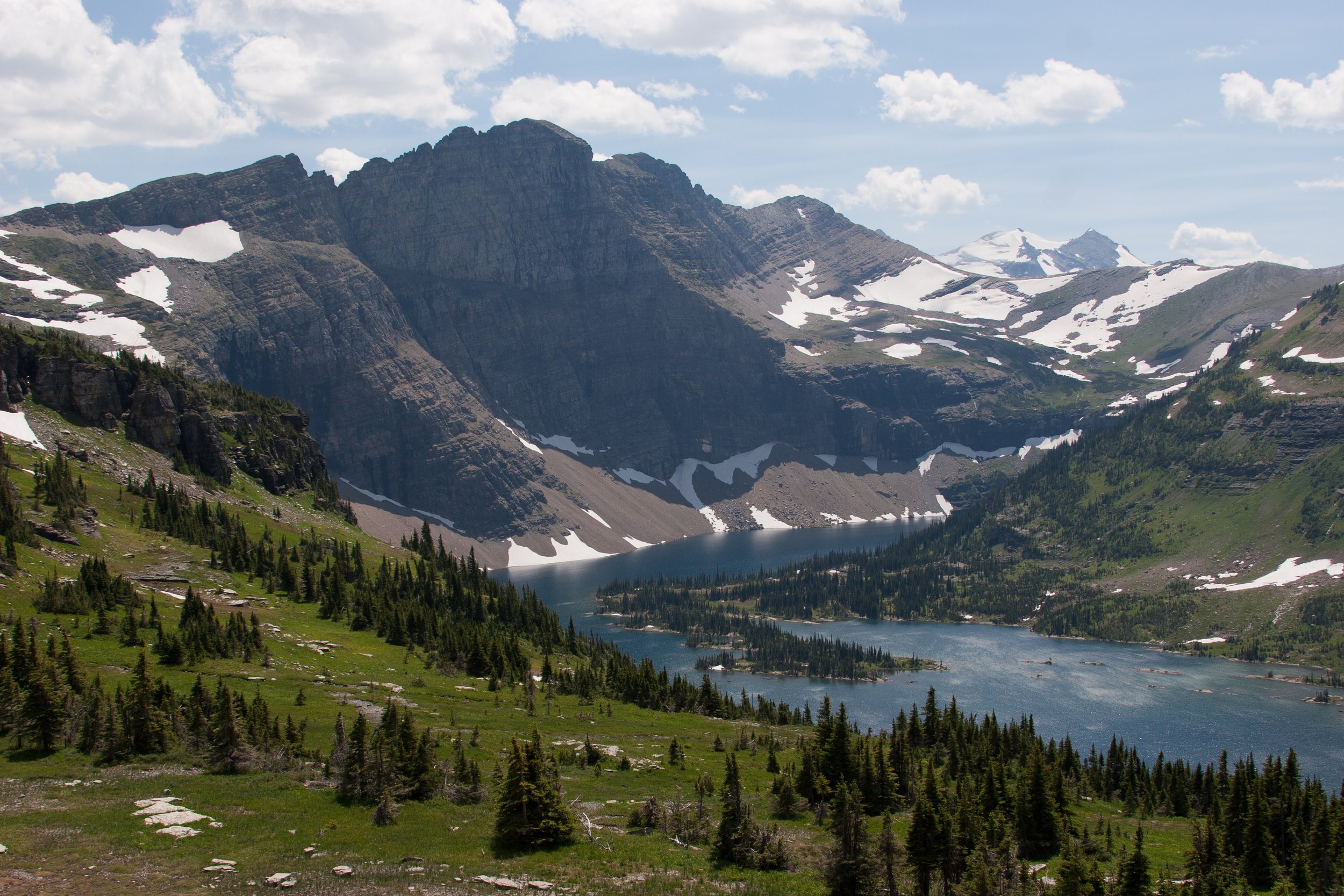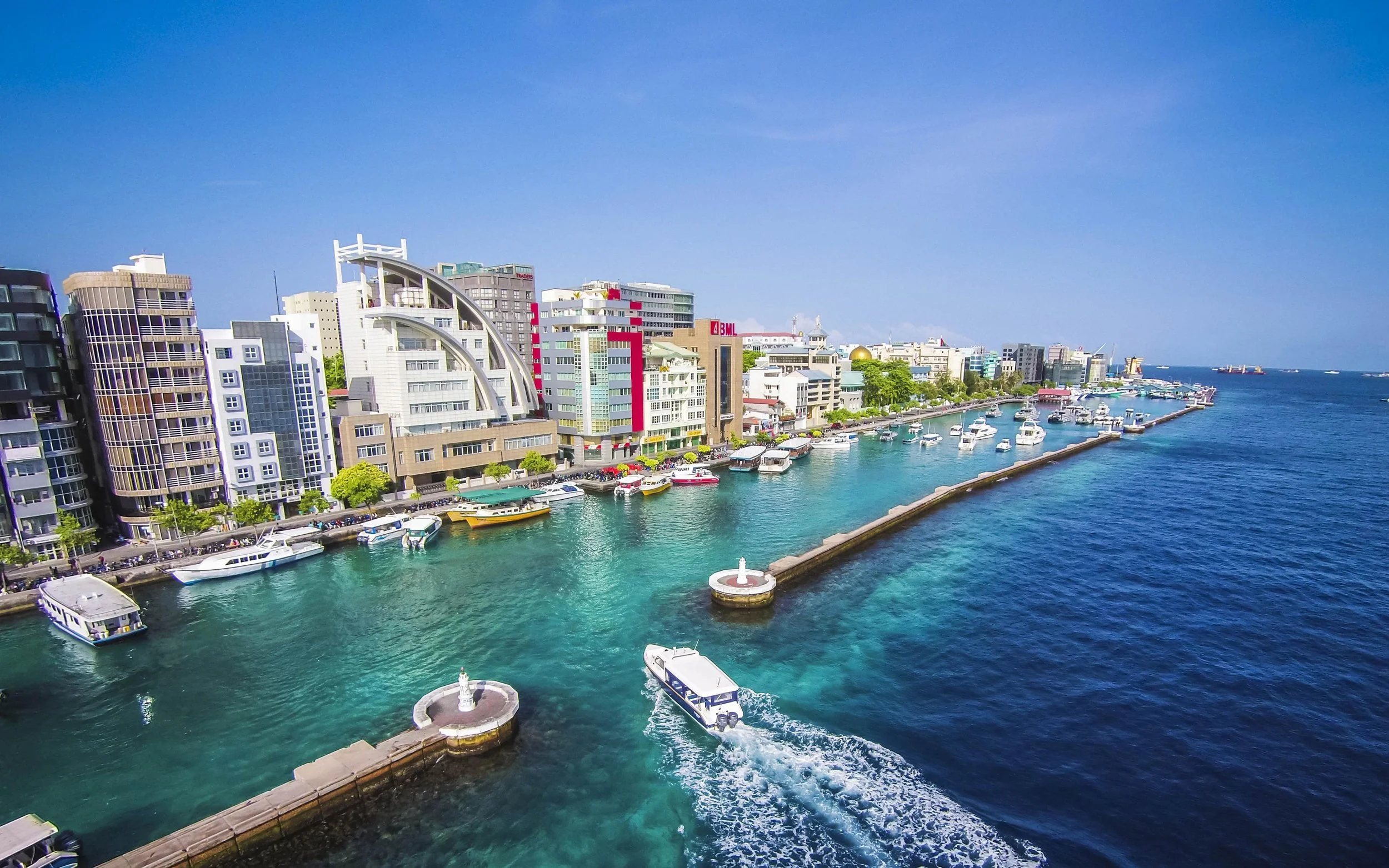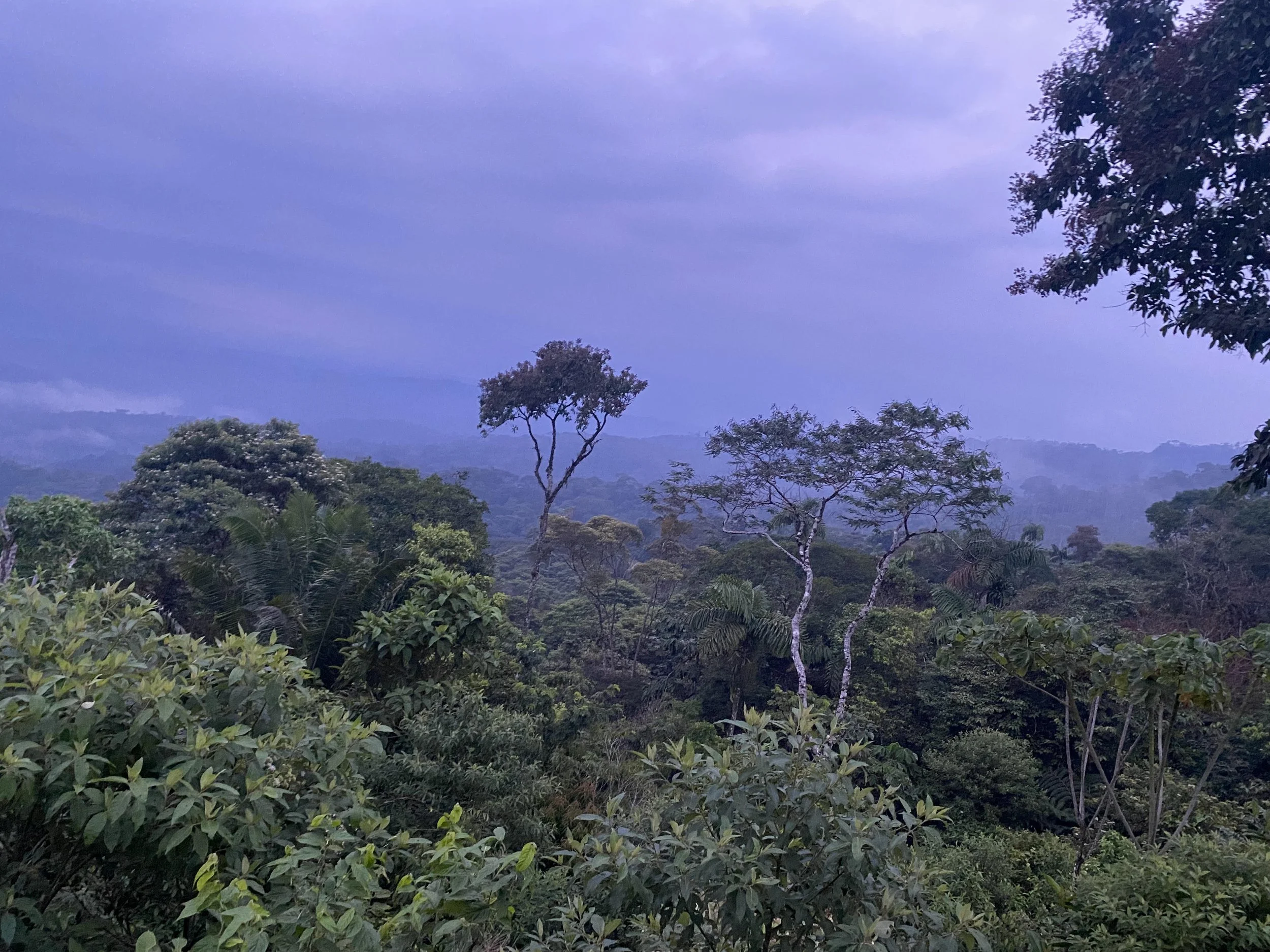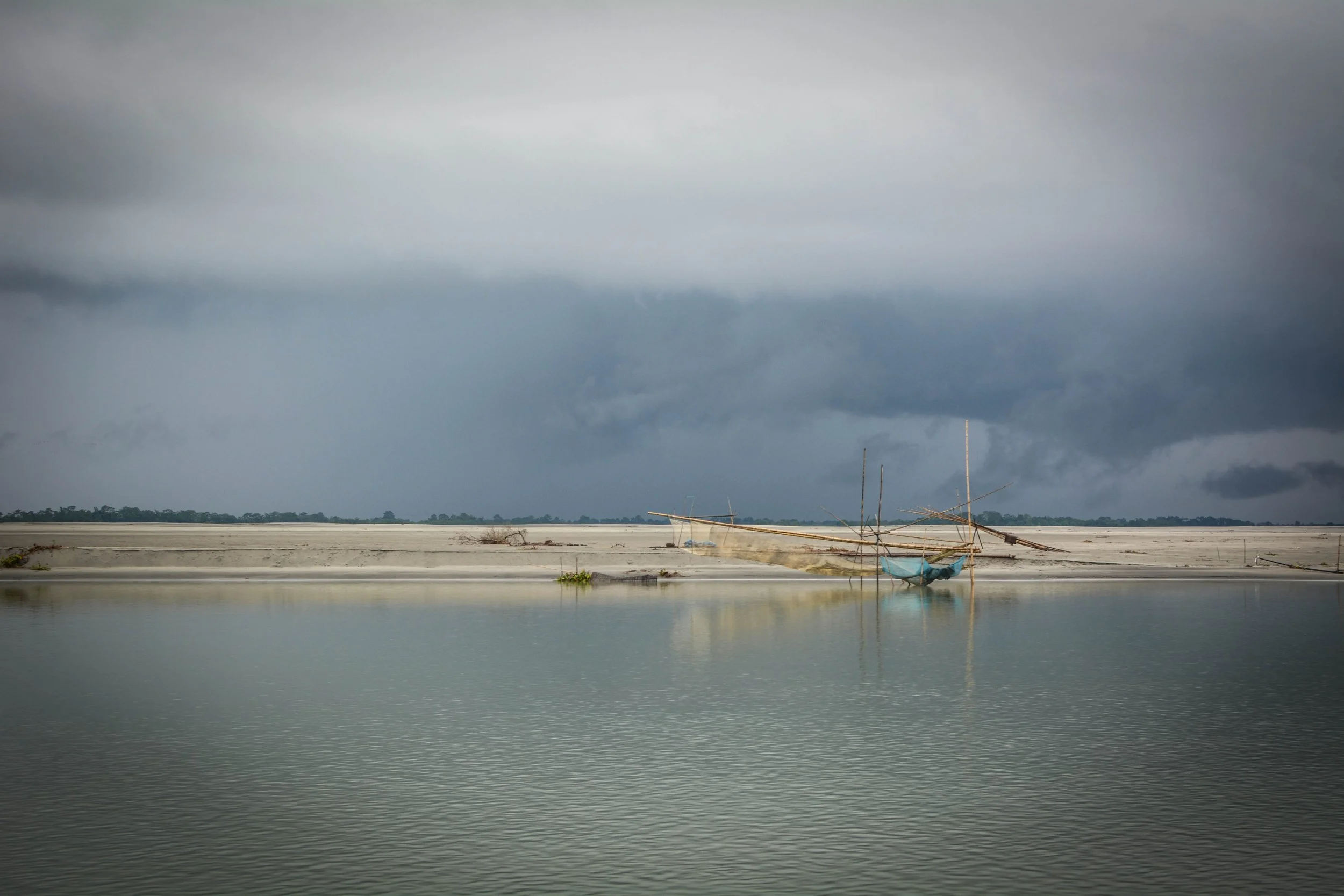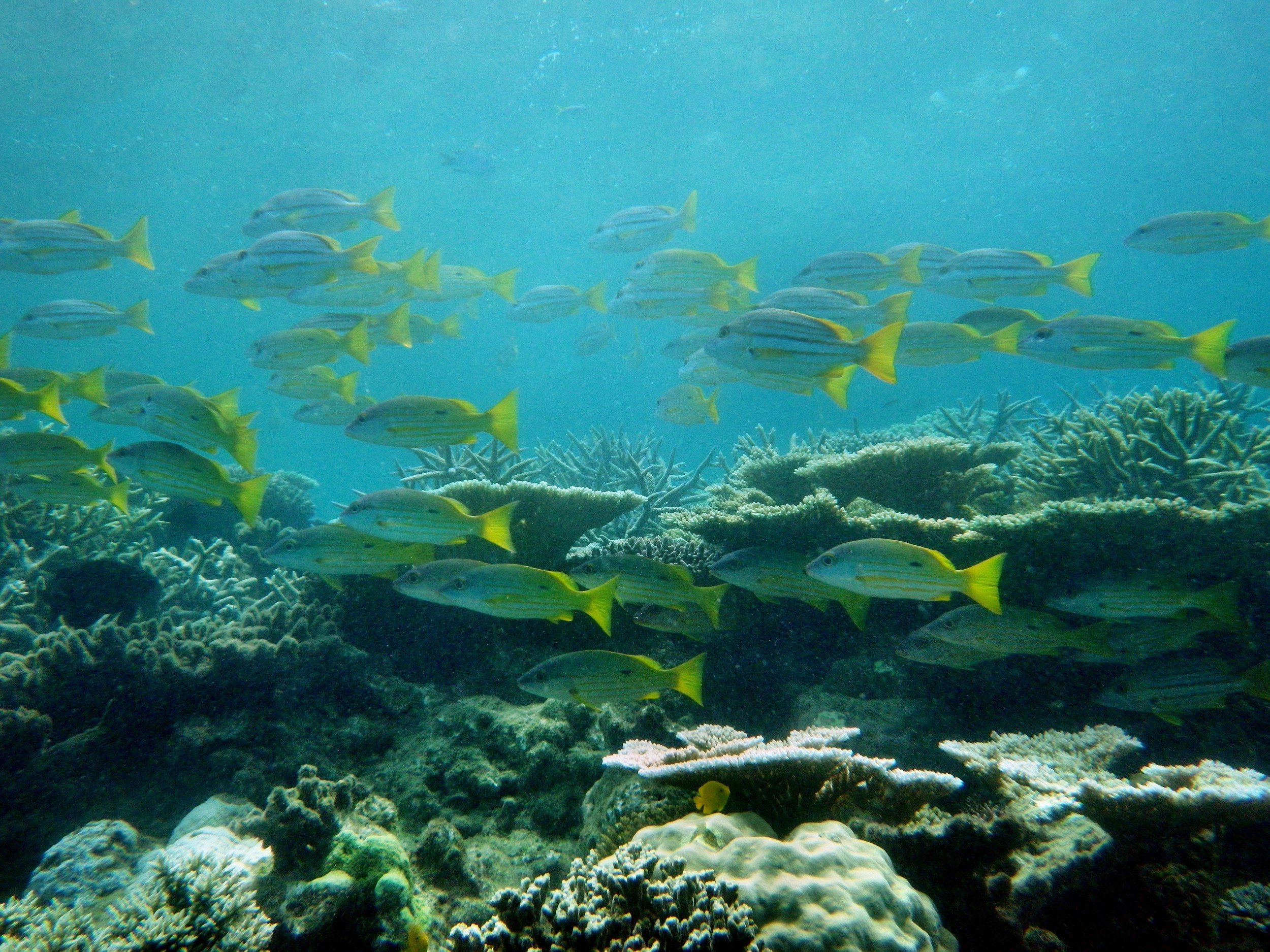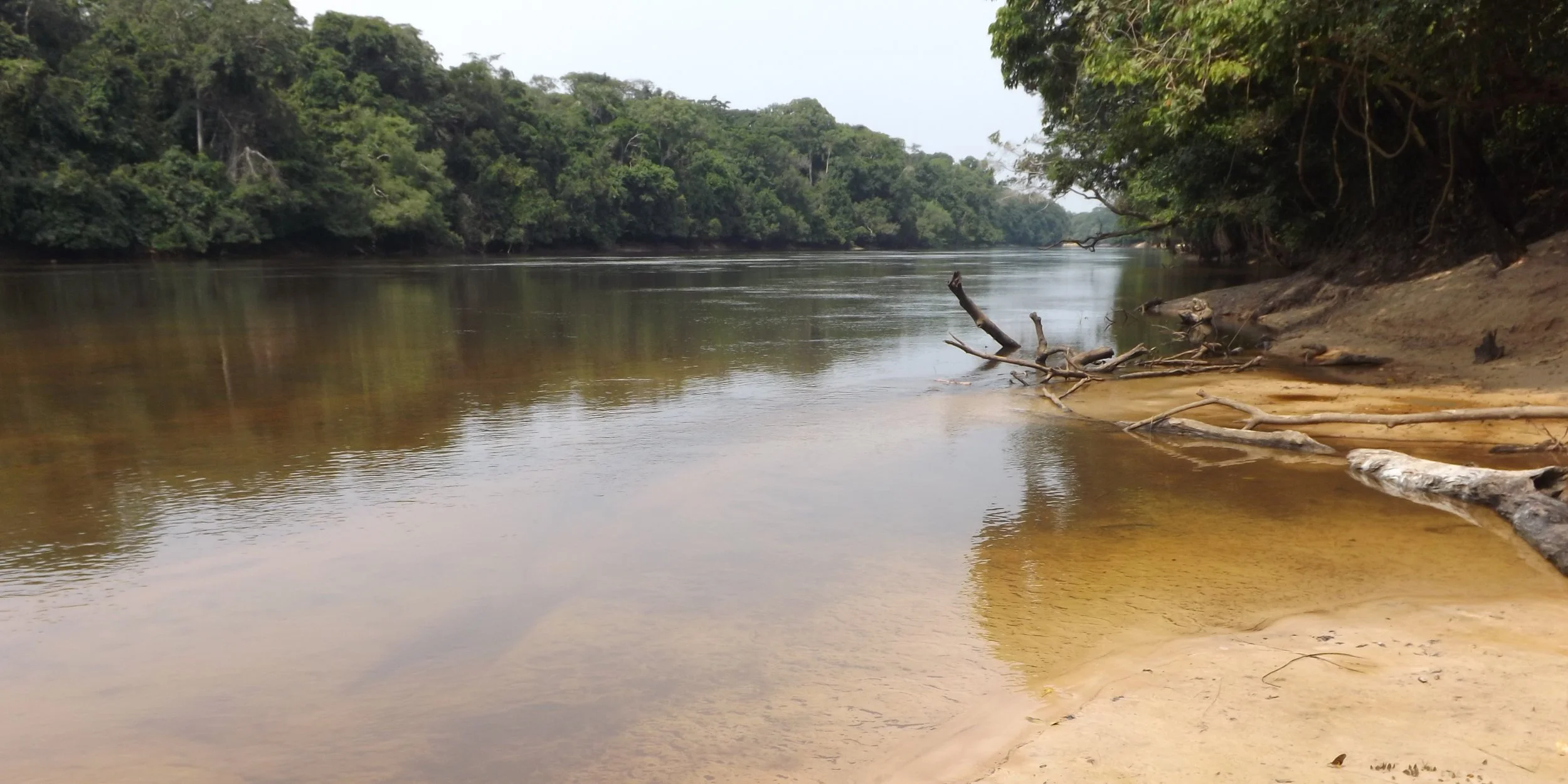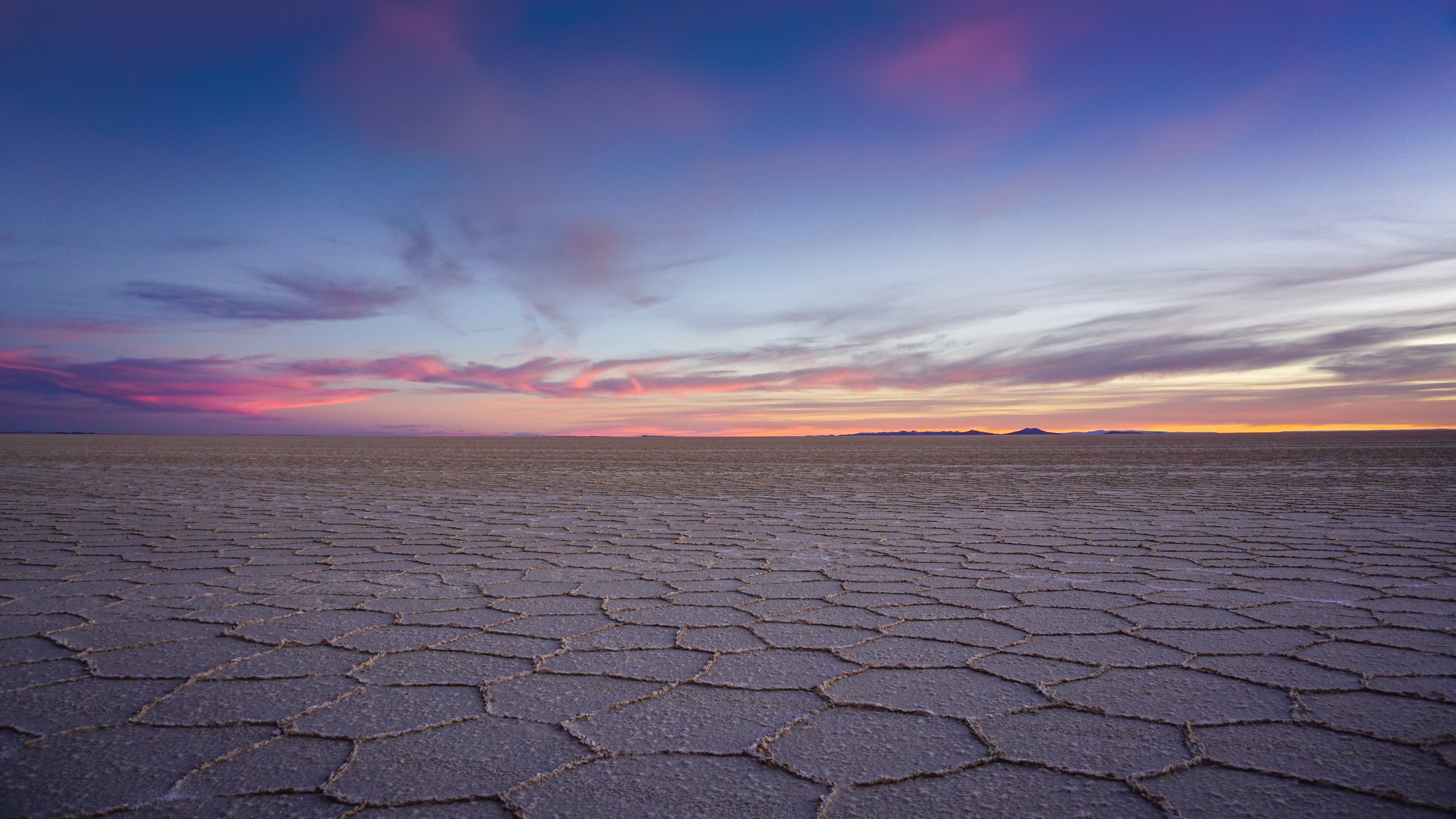The casualties of industrialization and climate change.
The Ecuadorian Amazon Rainforest, Jeremy Giles
For the past three years I have dreamed of seeing the Amazon Rainforest. Last week I finally had the opportunity to visit, traveling to the Upper Amazon Basin in Ecuador. Almost every morning I woke up before the sun rose, closing my eyes and letting the cry of the crickets and what seemed like dozens of different bird calls serenade my ears. When the sun began to climb up into the sky, I’d look out at the rolling, tree-covered hills, seeming to extend to infinity. When my group and I went on a hike on our final day, we found ourselves surrounded by the biggest leaves I’d ever seen. When we reached our destination, an Amazonian river, I put on my bathing suit and swam, trying my best to soak in the beauty all around me, with the somber knowledge that it may not exist for much longer. If I have grandchildren one day, it is likely that the only way they will see the Amazon Rainforest is through history books or the memories I share with them.
As the world changes rapidly due to climate change and industrialization, some of the most beautiful places in existence are quickly disappearing. Here are 10 places to visit while you still can.
1. Galapagos Islands, Ecuador
Marine Iguanas on an Island in the Galapagos, Jeremy Giles
The Galapagos, the islands where Charles Darwin discovered evolution, is perhaps the most unique place on Earth. With around 2,000 endemic species, including the famous Galapagos tortoise, marine iguanas, and blue-footed boobies, all bolstered by a lack of natural predators, the Galapagos islands have become one of the best places in the world to view wild animals. In addition, due to their isolation from each other, each island is unique, with its own ecosystem.
In 2017, the Charles Darwin Foundation conducted a study which found that there were 1,579 invasive species on the island, 98% of which had come since the 1970s. Due to overtourism (200,000 people visit every year) and environmental degradation, the fragile ecosystems of the islands, and the animals that live on them, are at risk. Even if the islands survive, in the future, they likely will look very different than they do today.
2. Glacier National Park, Montana, USA
Glacier National Park, Emily Rachel Poisel, CC BY 2.0.
Glacier National Park is one of the most beautiful national parks in the United States. Beyond the famous glaciers, there are over 700 miles of trails filled with beautiful lakes, waterfalls, mountains, and other fabulous scenery. Within its borders visitors can spot more than 200 species of birds, as well as grizzly bears, coyotes, wolverines, and many other kinds of animals.
These animals, along with the park itself, have already felt the impact of climate change. Within the last fifty years, Glacier National Park’s Glaciers have lost as much as 80% of their area, with the rest predicted to go in a decade or two . Moreover, since the 1980s, climate change has doubled the amount of land burned in Western US wildfires. Because of their increased frequency, Glacier National Park has had to create evacuation plans as part of its climate change mitigation strategy.
3. The Maldives
Malé City, Maldives, nattu, CC BY 2.0.
The Maldives may be the first country to disappear due to climate change. The majority of islands in the Maldives, including its capital Malé, where 142,000 of its circa 520,000 people live, is around 3.5 feet above sea level. By the century’s end, most of its islands are expected to be underwater. To survive the rising sea level, the Maldives has started building the somewhat elevated artificial island Hulhumalé, designed to hold much of the island’s population in large high rises.
The Maldives is an awesome travel destination, known for its gorgeous beaches, resorts, and island culture. Even if the population is able to make do in Hulhumalé, the islands and culture that make the Maldives what it is will be changed forever.
4. The Swiss Alps
Swiss Alps, Artur Staszewski, CC BY-SA 2.0.
Between 1931 and 2016, the Swiss glaciers lost 50% of their volume. Another 12% was lost between 2016 and 2021. In Switzerland, the temperature increase has almost reached 2 degrees Celsius, double the global average. In the next 30 years, half of the 1,500 Alpine glaciers in Switzerland will disappear. This includes the Aletsch Glacier, a UNESCO World Heritage Site. The Swiss glaciers hold enough clean water to last the Swiss population for 60 years. This means that when the Glaciers melt away they will take vital natural resources, one of the world’s top skiing destinations, and their incredible beauty with them.
5. Amazon Rainforest
Amazon Rainforest, Jeremy Giles
The Amazon Rainforest is the largest rainforest in the world, fed and supported by the Amazon River, the largest river in the world, which holds around 20% of the world’s freshwater. The rainforest contains over 3 million individual species, including 2,500 species of trees, and fascinating megafauna and flora such as pink river dolphins and the Giant Amazon Water Lily.
Currently, over half of the Amazon Rainforest has been damaged or felled. Due to the extraction of petroleum, mining, slash and burn farming, and many other destructive behaviors, the rainforest is being cut down and burned at an alarming rate. This is even more concerning because many scientists believe that the Amazon will reach a tipping point when 25% of the rainforest has been decimated, after which it will begin to transform into a savanna.
6. The Dead Sea
Salt crystals in the Dead Sea, Israel, www.ralfsteinberger.com, CC BY 2.0.
The Dead Sea, located between Israel, Jordan, and the West bank, is the lowest exposed spot in the world. It has reached an incredibly high salinity level, meaning that the inland sea is covered in beautiful salt crystals which cannot be dissolved. This salinity level defines the Dead Sea, causing the water to be extremely buoyant, allowing visitors to float naturally on the water’s surface. It is also what gives the Dead Sea its name, as it makes it impossible for the sea to sustain life.
Unfortunately, this natural wonder is disappearing, dropping about four feet every year. The lake has lost about a third of its surface area in the last 50 years. Israel and Jordan, two water-scarce countries, have diverted many freshwater sources that lead to the Dead Sea for drinking. In addition, the Dead Sea is filled with rich minerals, and Israeli and Jordanian companies often remove the Dead Sea’s water to access its resources. The lowering of the water level has caused sinkholes around the Dead Sea to become more and more frequent. If the Dead Sea continues drying up, the mighty body of water seen today may become no more than a small lake.
7. Majuli Island, India
Majuli, a large river island, India Water Portal, CC BY-NC-SA 2.0
Majuli Island, located in the Brahmaputra River, is the largest river island in the world. It is filled with interesting flora and fauna, and is home to many migratory birds and endangered species. Since the 16th century, it has been the cultural center of the Assam Region of India. Its largest festival, the Raas Festival, celebrating the Raas Leela of Lord Krishna, is known for its plays, pottery, boat making and more.
Since the early 20th century, 40% of Majuli Island has disappeared. Within the next 15-20 years, the rest of the island is expected to go with it. This is due to frequent flooding, which causes the soil to erode, making the island sink, meaning that, unless something is done, the Majuli island doesn’t have much time left.
8. The Great Barrier Reef, Australia
Great Barrier Reef, Eddy Reef off Mission Beach, Paul from www.Castaways.com.au, CC BY 2.0.
The Great Barrier Reef spans 1,429 miles, making it the largest living structure on Earth. It contains 600 different types of coral, over 1,600 different types of fish, and over 3,000 types of mollusks, making it among the best places on Earth to experience the ocean’s great wonders.
Since 2016, the Great Barrier Reef has been hit by 3 extreme coral bleaching events, killing huge swaths of the most sensitive coral, which are also the ones that grow the fastest. Between 2009 and 2019, 14 percent of the world’s coral died. Even if global temperature rises are limited to 1.5 degrees Celsius, 70 to 90% of the world’s coral may die, destroying the majority of the Great Barrier Reef.
9. The Congo Basin
Lomami River, Christina Bergey, CC BY-SA 3.0
With 500 million acres of land, the Congo Basin spans six countries and makes up the second largest tropical forest in the world. The Basin is home to over 10,000 species of tropical plants, 30% of which are only found there. It also is home to a considerable amount of endangered wildlife, most notably lowland and mountain Gorillas, chimpanzees, bonobos, and forest elephants.
In 2019, while the wildfires in the Amazon Rainforest were receiving the majority of media attention, more fires were actually burning in Central Africa near the Congo Basin. Between 2001 and 2018, the Republic of Congo, the country containing more than half of central Africa’s forest land, lost 77% of its untouched forests. By 2100, it is predicted that the rainforest of the Congo Basin may disappear.
10. Salar de Uyuni, Bolivia
Salar de Uyuni, PsamatheM, CC BY-SA 4.0
The World’s Largest Salt Flats, located in Bolivia, span over 4000 square miles. Formed when a prehistoric lake dried up, the Salt Flats today are one of the most fascinating natural phenomena in the world. In the rainy season, the surface of the salt flats become reflective, appearing like a gigantic mirror and making it seem as if the sky and ground are merging together.
Within the Salt Flats is around 50% of the world’s supply of lithium, the material used for batteries in smartphones, laptops, electric vehicles and more. As Bolivia harnesses more and more of its lithium supply, the Salt Flats are at risk of destruction.
Jeremy Giles
Jeremy is a Writing Seminars and International Studies major at Johns Hopkins University. He is an avid writer and the Co-Founder of Writers’ Warehouse, Johns Hopkins’ first creative writing group. He is an advocate for Indigenous rights, and studies how Indigenous philosophies can be used to help prevent climate change. Using his writing, he hopes to bring attention to underrepresented voices in today’s world.



